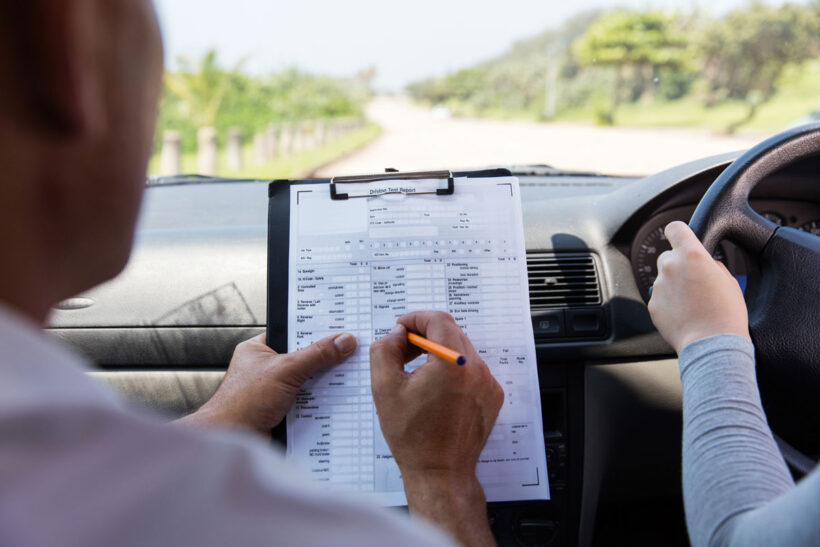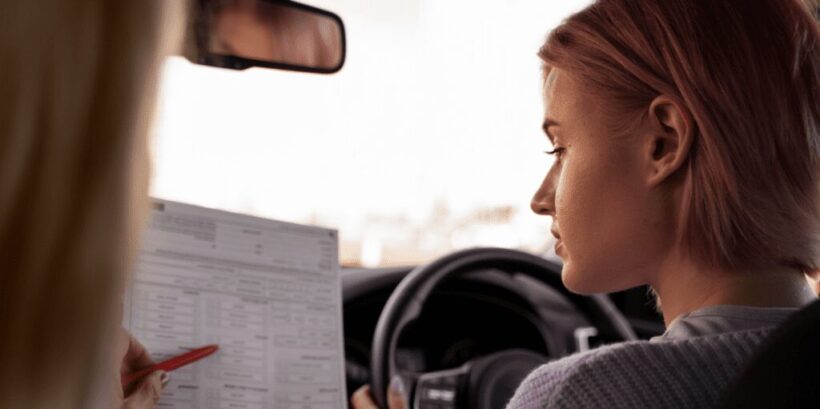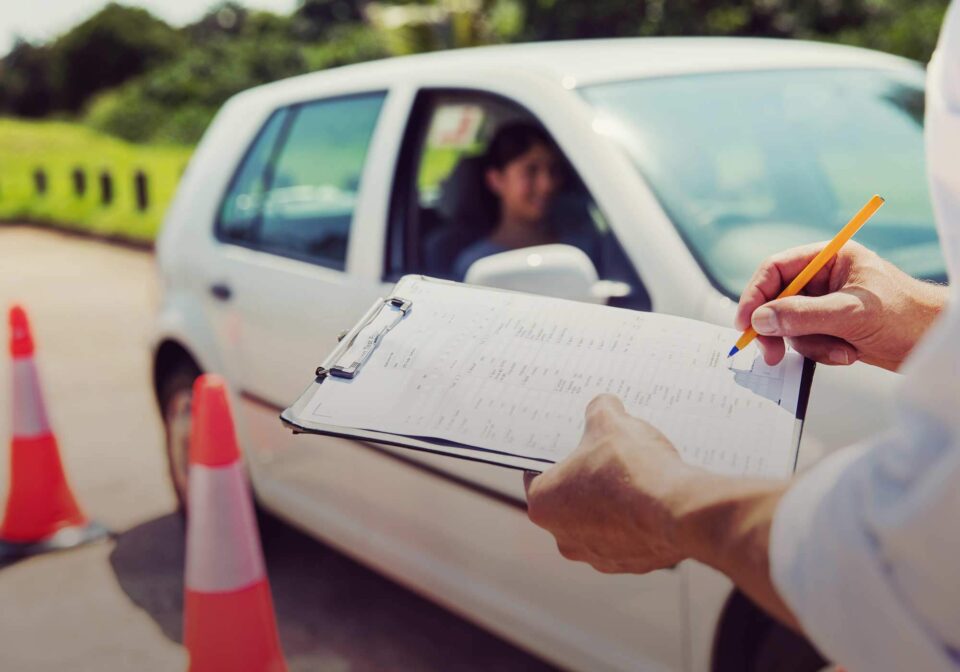The big day’s here. With your theory out of the way, knowing how to tackle your practical driving test is a must. However, this is something that many of us worry about; after all, no matter how much prep you do before the test, it’s still a stressful day. In line with this thought, making sure you know how to pass your practical is crucial, and we’ve come up with some key pointers to help.
A Checklist for Passing Your Practical

Your practical driving test is a monumental day, marking a significant milestone in your journey towards becoming a fully licensed driver. Getting ready for this in advance is imperative.
Proper preparation can make the difference between passing and failing, and it’s crucial to be as prepared as possible. Here’s a comprehensive checklist to help you ensure you’re fully ready for the big day.
1. Choosing a Car
One of the first choices you’ll have to make for your practical is which car you’ll drive. Many people will use their instructor’s car; however, you could also use another car you’re insured to drive. If you’re going down the route of using your own car instead, it needs to be suitable. There are a few core requirements for this, such as (but not limited to):
- The vehicle must be roadworthy and taxed. As part of this, if you’ve just bought a used car, be sure to run a car checker first. This allows you to verify it’s not been stolen or written-off at any point in time.
- The car must have a secured passenger seatbelt and head restraint.
- It must display learner plates on both the front and rear of the vehicle.
- Must have a working speedometer and be capable of safely reaching 62mph or more.
- Requires suitable, safe, and legal tyres.
- No warning lights can be showing at the time of the test.
- Must weigh a maximum of 3,500kg.
- Must be a four-wheeled car. Any fewer are not permissible (e.g. three-wheeled models).
Always choose a car you are confident and experienced with. After all, this can significantly influence how comfortable you feel in your test.
2. Checking You Know the Common Questions
The theory might be done, but your examiner will still ask you questions before your practical test. Some of the most common questions you might be asked include:
- Can you read a certain number plate (designed to test your eyesight)?
- How can you check the brakes are working?
- Where can you find information about the car’s recommended tyre pressure?
- How do you ensure the head restraint is properly adjusted?
- How can you check your headlights and taillights are working?
Always be sure to brush up on these before your test to ensure you’re ready. These are just a few of the potential questions you may be asked, so keeping this in mind is critical.
3. Practicing Your Manoeuvres

Practicing manoeuvres is one of the most critical aspects of preparing for your driving test. Many learners find this part challenging because it requires precision, control, and confidence. Manoeuvres are designed to test your ability to control the vehicle in tight spaces and your awareness of your surroundings.
Some of the manoeuvres you might be asked to perform include:
Parallel parking: This manoeuvre requires you to park the car parallel to the curb, usually between two other vehicles. The key to mastering this is understanding the reference points and getting the timing right. Practicing parallel parking in different situations, such as on a slope or between different types of vehicles, can help you become more comfortable with this manoeuvre.
Bay parking: This involves reversing into a parking space between two lines. The examiner will be looking for smooth and controlled steering, correct use of mirrors, and proper positioning within the bay. To practice, visit an empty car park and try parking in different bays, focusing on precision and control.
Turn in the road (three-point turn): This manoeuvre tests your ability to turn the car around to face the opposite direction using a limited amount of space. Practicing this will help you become comfortable with judging distances and using the correct amount of steering input. Practice this in a quiet area where you can concentrate on the technique without distractions.
Reverse around a corner: This manoeuvre requires you to reverse around a 90-degree corner without touching the curb or crossing the central line. It tests your ability to control the car at low speeds and your awareness of the car’s positioning. Practicing this manoeuvre will help you get a feel for the car’s turning circle and improve your spatial awareness.
4. Ensuring Vehicle Safety
Before the test, ensure your vehicle is safe and ready to go. Check all fluid levels, including oil, brake fluid, and coolant. Make sure the lights, indicators, and wipers are functioning correctly. If your car has any minor issues, like a small chip in the windshield or a slow puncture, get these fixed beforehand. Your examiner will expect the car to be in perfect working order.
5. Knowing the Test Routes

Familiarity with the test routes in your area can provide a significant advantage. While you won’t know the exact route, understanding the types of roads and junctions in the vicinity can help. Drive through these areas with your instructor or a knowledgeable driver. Pay attention to tricky spots like roundabouts, dual carriageways, and complex junctions. Practicing on these routes can make you more confident during the test.
6. Managing Test-Day Nerves
Nerves can play a big part in how well you perform on the day. It’s crucial to manage stress effectively to keep calm during your test. On the day, ensure you arrive at the test center early to give yourself time to relax. Take deep breaths and remind yourself that it’s okay to make mistakes, as long as you handle them safely. A positive mindset can go a long way in helping you perform at your best.
7. Understanding Test-Day Procedures

Knowing what to expect on the day can help reduce anxiety. Understand the sequence of events during the test, such as the initial safety questions, the driving portion, and the feedback session. Being prepared for each stage helps you focus on the driving itself rather than worrying about what happens next.
8. Independence
During your driving test, you’ll be judged on your ability to drive independently. Many people assume this means you need to navigate, but this isn’t the case. While you will be expected to follow guidance, road signs, or a SatNav, don’t fret over a wrong turn. More important is demonstrating you are driving safely, so if you get lost, do so safely.
Final Thoughts
Best of luck with your driving test. While it can feel daunting, it’s important to remember that, if it doesn’t go right first time, you can retake. So, relax and keep this key checklist in mind. And, be sure to ask your examiner if there’s anything else you should be preparing for.

